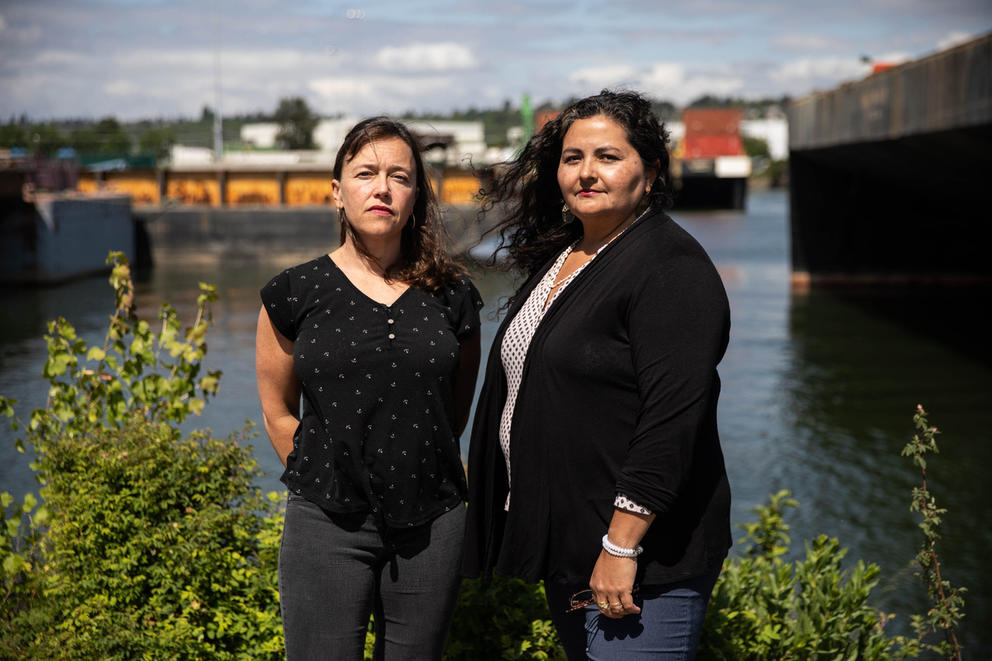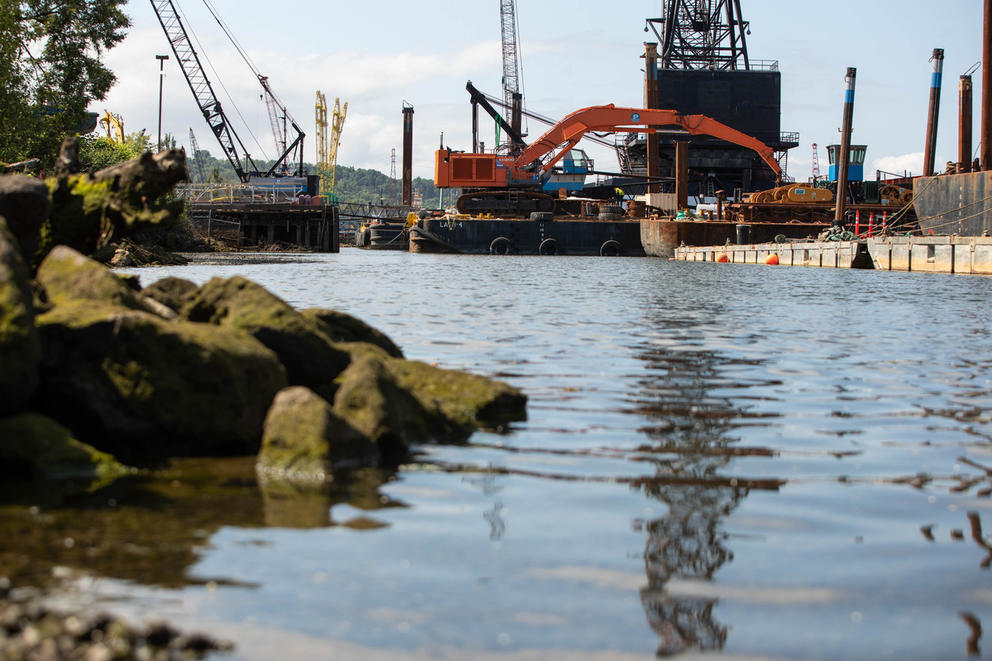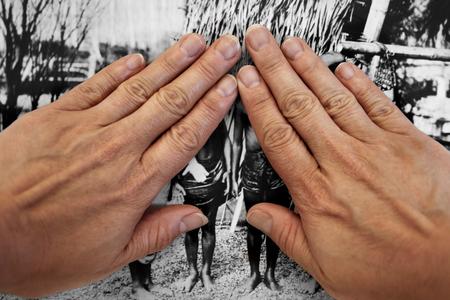The Duwamish Valley Climate Resilience Survey was a joint project of city agencies, university researchers and community groups wrestling with how to prepare residents for environmental hazards. The Duwamish Valley is one of the most climate-vulnerable parts of Seattle, already experiencing some impacts of climate change much sooner than anticipated. Flooding exacerbated by king tides in December 2022 displaced more than two dozen households, and the Duwamish River remains a Superfund cleanup site.
University of Washington researchers collaborated with the City of Seattle, Public Health–Seattle & King County, the state Department of Health and the Duwamish River Community Coalition to survey nearly 170 households in at least five languages about their current levels of disaster preparedness and what they need to feel more secure. The survey confirms and highlights the needs Duwamish Valley residents have expressed anecdotally to community leaders like Paulina López, executive director of DRCC.
South Park and Georgetown have more industry than other parts of Seattle, and many residents identify as BIPOC and low-income. Duwamish Valley residents are particularly vulnerable to air pollution, extreme heat and, especially, sea level rise.
Climate change is an immediate problem, but it takes time to craft solutions that center community voices and factor in the physical constraints of a low-lying industrial area, López said. It also takes time to confirm that identified solutions are actually what residents want and will use.
“We are an environmental justice community, like a lot of communities in the U.S., but we have unique needs,” López said. “We can’t talk to the community about improving parks and how we’re thinking about our resilience unless we also talk about displacement.”
Alberto Rodríguez, Duwamish Valley adviser for the city’s Office of Sustainability and Environment, agrees: “The community needs to be front and center and everyone else comes after that.”
The survey is one part of an effort to put residents’ desires at the heart of planning decisions, such as informing the city’s developing Duwamish Valley Resilience District. A planning framework years in the making, the district is intended to define the physical, financial and operational infrastructure necessary to equitably help communities adjacent to the Duwamish River survive climate change, based around residents’ expressed needs. It is also intended to inform nearer-term climate solutions like the placement and design of resilience hubs.
UW disaster researcher Nicole Errett wanted to test methods of rapidly surveying people during and in the immediate aftermath of a disaster — but had to be sure data collected would be immediately useful to people. She and UW colleagues partnered with people like Rodríguez, who was also concerned about finding better ways to collect community feedback; and López, who was eager to center community voices in the development and execution of any city strategy on the coalition, officially known as the Seattle Assessment of Public Health Emergency Response.
López says there has been growing concern in the valley, especially among youth, about how the community is preparing for climate change, and DRCC was eager to see youth trained and compensated for data collection.
Surveyors went door-to-door in October and November asking residents about how they get safety information (mostly via the Internet), whether they would use a resilience hub (they would), how much they felt they could rely on their neighbors when they need help (very much), what climate adaptation projects they think should be prioritized (community-centered and -led ones) and more. The team had planned follow-up conversations about the survey results, but instead provided spaces for people to talk about the trauma of the December flooding.
The survey collections happened weeks after the Bolt Creek Fire, and months after a heat wave; locals’ top climate hazard concerns were heat, wildfires and air quality. López, Errett and Rodríguez all wonder whether survey results would have looked different if they’d been collected after the December 2022 floods.
Team members have already started sharing survey results with residents. López says the results, and the winter floods, have already revealed a lack of government-level planning around trauma-informed emergency preparedness. López says that is pushing community organizations to find ways to handle neighbor-to-neighbor check-ins, food delivery, emergency supply distribution and more. It also has pushed residents to keep pressure on government agencies so that future disasters are handled better.
“We have, what, six months left until the next king tide? ... We went through a major trauma, and we don’t want to ever repeat it,” López says. “It’s a big win that we will be able to keep them accountable to look at what the community is saying, now that they have this information.”
The Resilience District planning group’s first multilingual open house, where residents can learn about the resilience district and related climate adaptation solutions, is taking place at the Duwamish River Community Hub on June 3 at 10:30 a.m.





